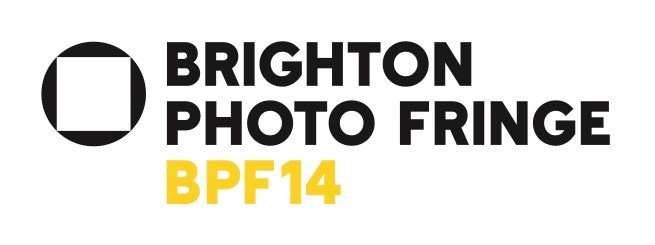
Frequently Asked Questions (FAQ)
Funder
Brighton Photo Fringe
Museum of Homelessness
Project team
Collaborators
Gerald Mclaverty
Partners
Frequently Asked Questions was commissioned by Brighton Photo Fringe. Subsequent development of the project has been supported by the Museum of Homelessness.
Duration of project
2014 - ongoing


Project overview
At the heart of Frequently Asked Questions (FAQ), is a number of questions that enquire about a homeless individual’s right to access to basic living provisions such as shelter, personal safety, health, food, and communication.
Seeking a way to present research and raise awareness about the support and services available to homeless people, Luvera struck-up a collaboration with a participant, Gerald Mclaverty. Anthony and Gerald sent email correspondence to council representatives in cities and towns across the UK, written from Gerald’s experience of homelessness, requesting information about services provided in each locality. The questions included:
Where can I go for something to eat or drink?
Where can I find shelter when it is raining or snowing?
Where can I go to the toilet during the day?
Where can I go to the toilet during the night?
Where can I get a bath or shower?
Where can I get clothes, footwear, and a blanket?
Where can I wash my clothes?
Where can I sleep during the night that is safe?
Where can I go to use a computer?
Where can I go to use a telephone?
Where can I go to see a doctor?
Where can I go to see a dentist?
Where can I access facilities for my pet dog (food, bags for waste, vetcare)?
Mclaverty worked with Luvera in collecting, discussing, analysing, sharing and exhibiting the resulting outcomes. They printed and discussed the responses they received, meeting to iteratively distil and compile the responses into a set of lists, numbers, headlines, statistics. It was important to show how many councils replied, did not reply, and used autoreply messages.
FAQ was first exhibited at Phoenix Brighton as part of the Brighton Photo Fringe from 4 - 26 October 2014. The dossier of replies and other materials received from the Local Authorities were installed in the gallery space alongside the exhibition of Assembly at the Phoenix Gallery, and provided the central focus of public engagement events.
FAQ has been furthered developed with two further rounds of email enquiries (in 2017 and 2019) and subsequently exhibited at Tate Liverpool 2018; People’s Republic of Stokes Croft 2019; and the The Gallery at Foyles, in 2020. The findings were presented to the All Party Parliamentary Group on Ending Homelessness in June 2019.
FAQ is more than a display of data at an exhibition or in a publication. It is centred around policy, legislation and services, at both local and national levels which relate to homelessness. It is an invitation to take part in a conversation. In each gallery and public space, audiences actively contributed to activities ranging from public discussions, workshops, reflective spaces, and creative responses. The events were staged in collaboration with artists, activists, campaigners, organisations and experts working across disciplines to shake up preconceptions, lobby for change, and prompt people to think differently, including IC Visual Lab, The Bristol Cable, Liverpool Salon, and the Museum of Homelessness’s Dying Homeless Project.
Project objectives
At the centre of the work is the question of the lived experience of homelessness, and public and policy awareness of the issues experienced. The research asks: How can we increase understanding, awareness and engagement with, and draw attention to, the challenges of people with lived experience of homelessness as they attempt to access the systems to support them?
FAQ invites audiences to contemplate the information and range of responses provided by the local authorities. It provides a picture of how services both help and hinder people, and gives insight into the challenges and realities faced by the most marginalised individuals in society as they attempt to access systems of care.








